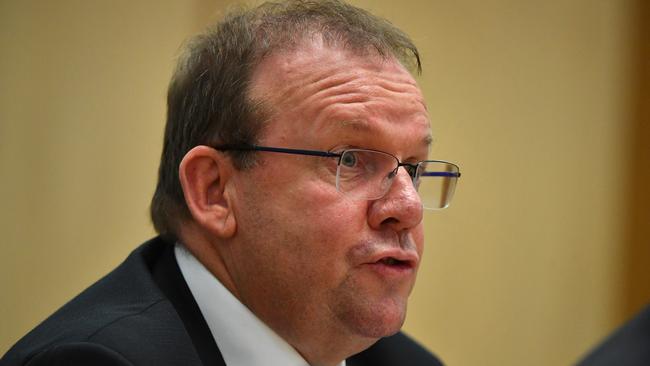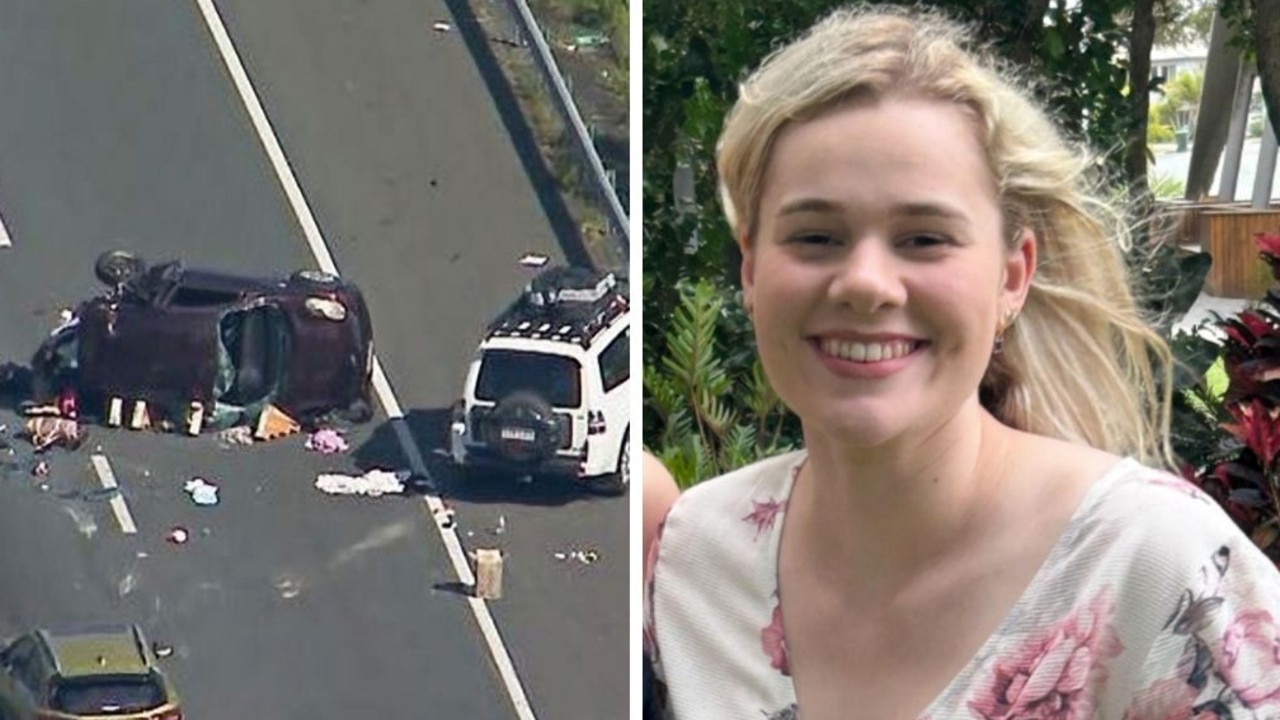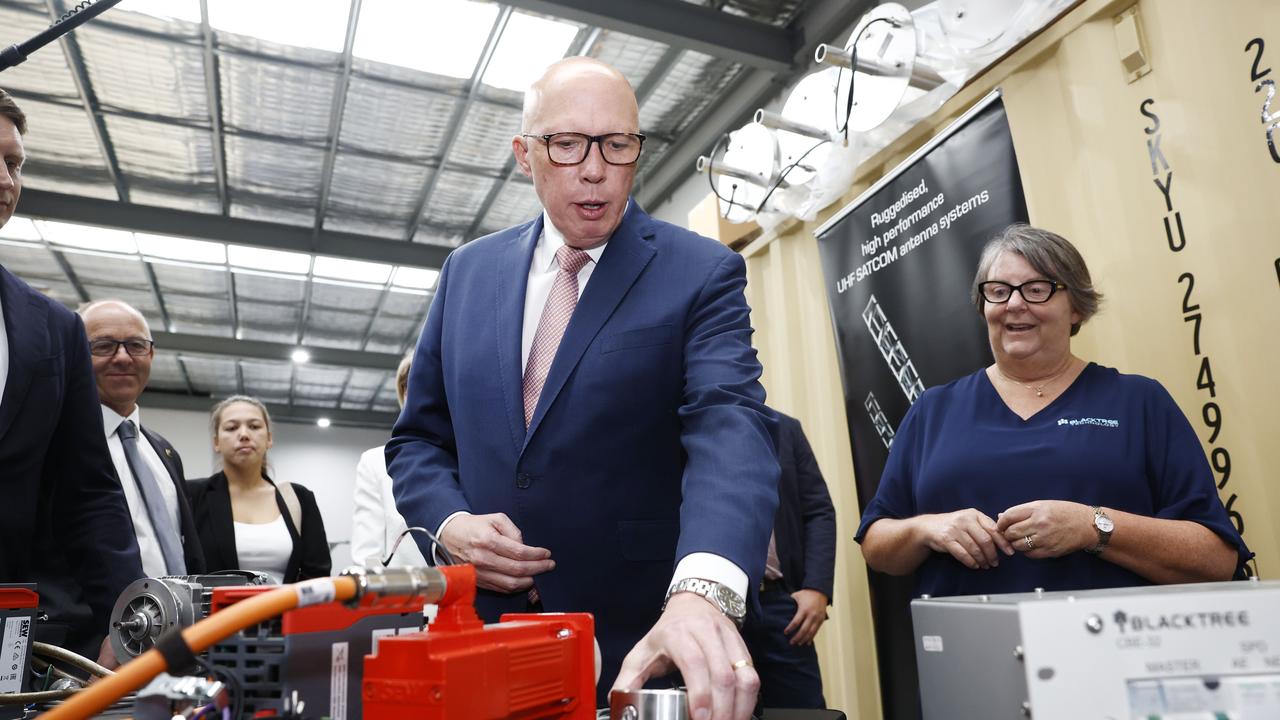Project Sentinel: eye-in-sky border patrol failure
A billion dollar aerial surveillance program to spot people smugglers, drug runners and illegal fishers has completed fewer than two thirds of its missions while facing cost blowouts.

A $1.5bn aerial surveillance program to spot people smugglers, drug runners and illegal fishers has completed fewer than two thirds of its missions while facing cost blowouts of nearly 30 per cent.
In a scathing report, the Auditor-General found the Department of Home Affairs had mismanaged its Project Sentinel maritime surveillance contract, paying at least $87m for surveillance flights that did not occur.
Contractor Surveillance Australia, an arm of UK-based aviation company Cobham Ltd, was supposed to achieve 15,000 flying hours a year using 10 civilian Dash-8 aircraft operating from four bases across Australia’s north.
But the Auditor-General found just 64 per cent of contracted missions have been fully completed.
Eleven per cent of contracted flights had been cancelled or aborted, and 25 per cent partially completed.
The average number of aircrews available each month to undertake flights fell 33 per cent short of contracted levels, with the company failing to meet its annual contracted flying hours since the contract was signed in 2006.
The 14-year contract has been varied 40 times, rising from an initial $1.1bn.
Auditor-General Grant Hehir found Home Affairs failed to properly manage the performance shortfalls, deducting just $2.3m from the company’s payments.
“Home Affairs has not effectively managed performance shortfalls and has continued to pay the full amount for services and aircrew it has not received,” the audit revealed.
“Appropriate arrangements are not in place to provide assurance over contractor performance in undertaking missions.”
The Australian has learned that despite the poor results, Home Affairs is currently considering a six-year extension to Surveillance Australia’s contract, which was due to expire in December.
The report said: “As at August 2021 with four months remaining on the current contract, there are no arrangements in place for the next contract.”
Home Affairs last year sought a further $27m for the contract, which the report said reflected “a lack of governance and controls in place”. “This represented an average annual cost of more than $117.6m, 19 per cent higher than had been authorised when the contract was entered into,” it said.
Cobham Ltd said it noted the audit was “confined to the management of the Sentinel contract by (Australian Border Force) and is not an audit of Cobham or Cobham’s performance”.
It said it had delivered 98 per cent of “tasked surveillance missions” over the contract’s course. Home Affairs accepted the audit’s findings, while arguing it faced “unprecedented operational challenges” following the establishment of Operation Sovereign Borders in 2013.
Former home affairs minister Peter Dutton flagged a new hi-tech approach in 2018 to monitoring Australia‘s ocean borders, including “drones prowling Australia’s far-flung ocean boundaries” and ”undersea sensors monitoring shipping movements around coastlines”.
But the government is yet to reveal any detail on the plan, or whether it is still on the table.
The Australian Strategic Policy Institute’s Dr John Coyne said it was unclear whether the government was proceeding with the promised Future Maritime Surveillance Capability.
Dr Coyne, who runs ASPI’s Northern Australia program, said despite good recent results in detecting illegal fishing boats, with 101 vessels intercepted since July, the failure to meet surveillance targets provided opportunities to those seeking to breach Australia’s maritime “ring of steel”.
“There is a gap between the government’s rhetoric on border protection and what is actually being spent and delivered by Home Affairs,” he said.




To join the conversation, please log in. Don't have an account? Register
Join the conversation, you are commenting as Logout